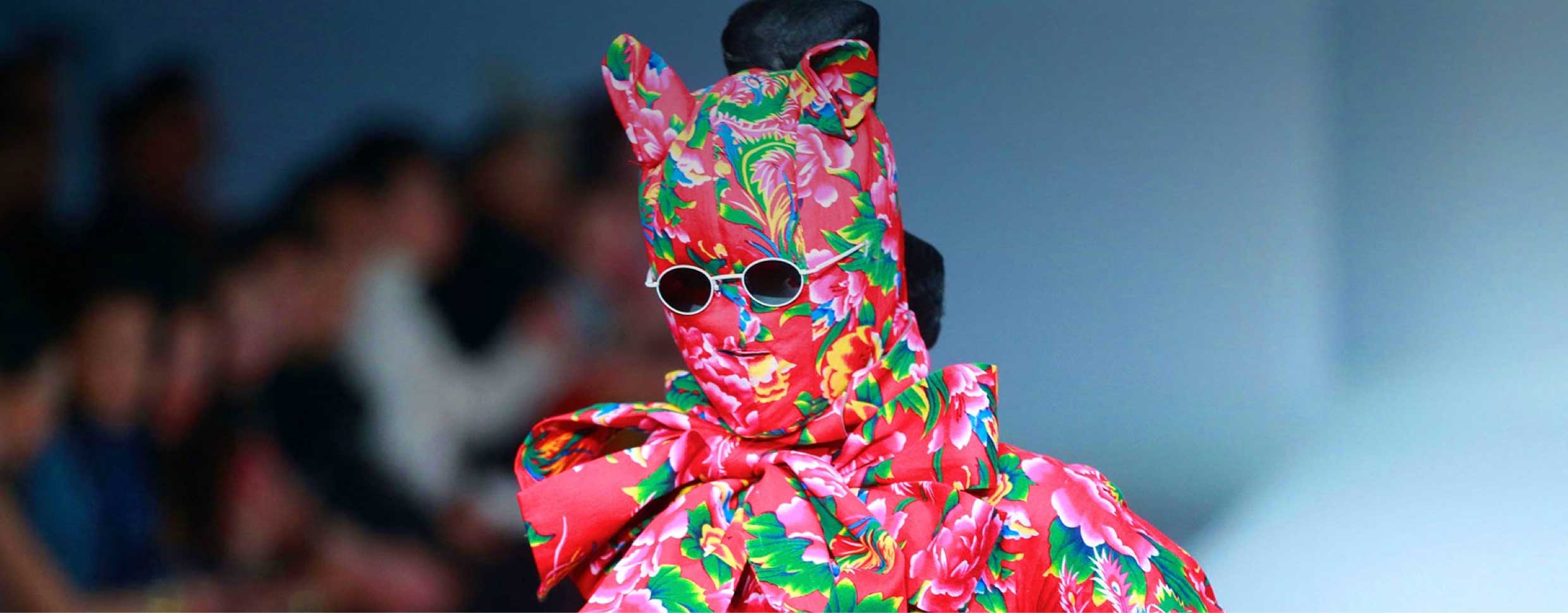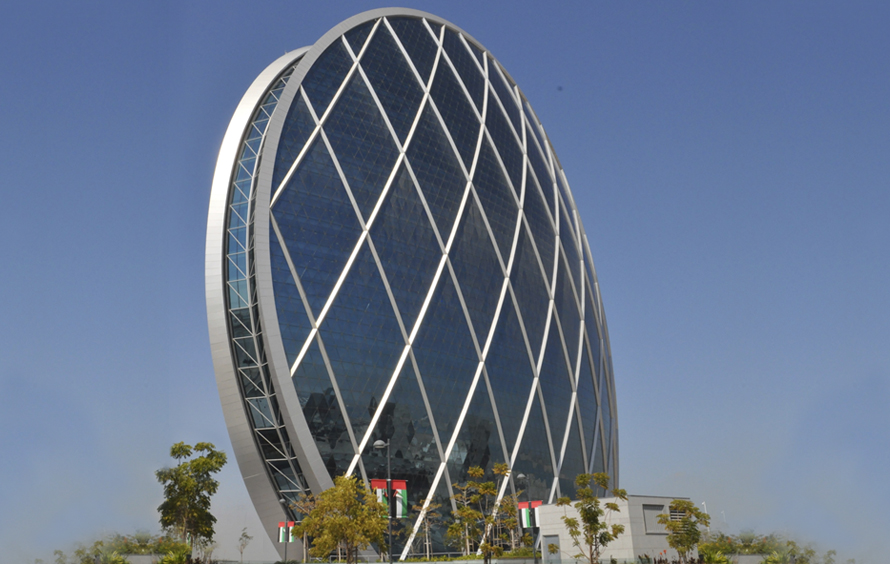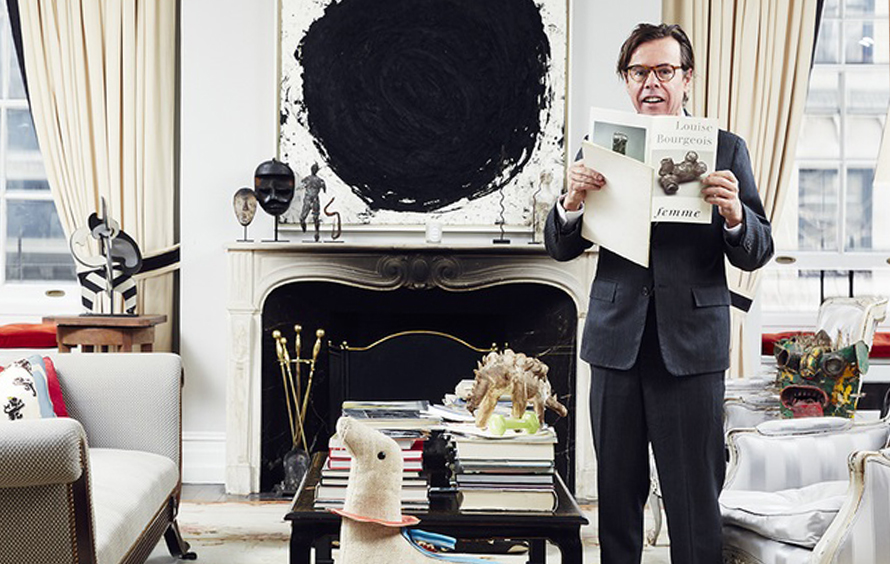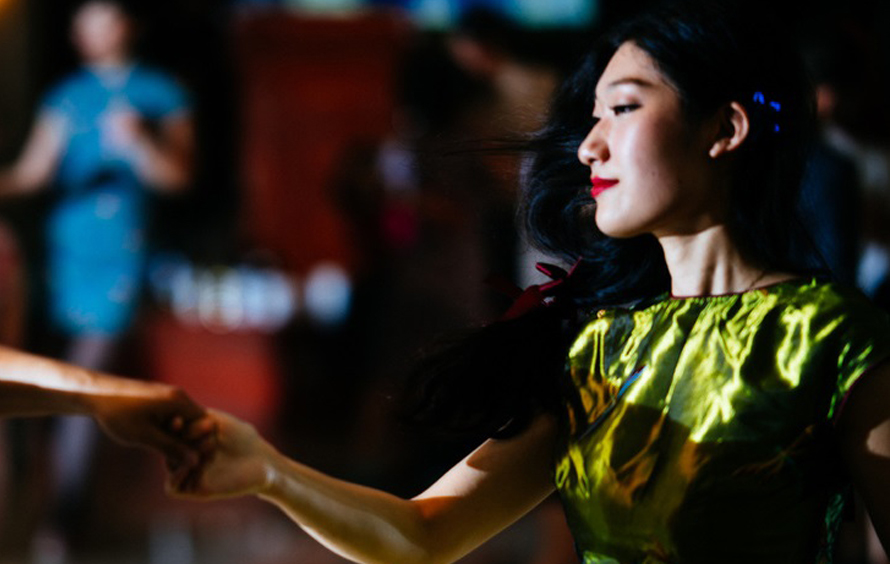As the political, historical, and cultural center of China, Beijing has long been seen as the older, more traditional counterpart to Shanghai’s glamor and exoticism. But if you still believe that, you are missing out on everything this dynamic city has to offer. From innovative fashion designers to exciting swing dance nights and meditative modern tea ceremonies, the capital is an exercise in contradictions, ready to be laid bare by anyone who dares to venture off the beaten path. Forget everything you think you know about Beijing and discover the creativity, energy, and passion pulsing just beneath the surface.
Independent by design
What the Beijing fashion scene lacks in history, it makes up for with its voraciousness and eclectic flair. While global luxury brands like Dolce & Gabbana, Louis Vuitton, and Gucci are still de rigueur among the city’s label-conscious, there is a growing movement towards local pride and independent design.
Last year, Dutch-trained designer Hu Sheguang created a sensation at China Fashion Week by sending out models bedecked in gray padded cotton jackets inspired by his native Inner Mongolia. Bloggers and media outlets latched onto the garments’ kitschy floral lining, a print familiar to anyone who grew up in Dongbei (China’s northeast) during the 1980s. Hu is not alone in mining local influences. Fresh from top design schools like Parsons and Central Saint Martins, the next generation of Chinese designers is returning to its roots and setting up shop in the creative enclaves of Beijing and Shanghai. As their clients’ tastes evolve, their own inspirations become shaped and reshaped by the rapidly changing face of China.
Take Beijing-based Xander Zhou, for example. Drawing on his background in industrial design, the Dutch-trained designer marries unlikely shapes and colors to create functional but playful and often futuristic menswear collections. By contrast, Simon Gao’s architectural, largely monochromatic creations draw on Buddhist philosophy and Western tailoring techniques to evoke a new avant-garde, one informed by the past while forging decisively into the future.























